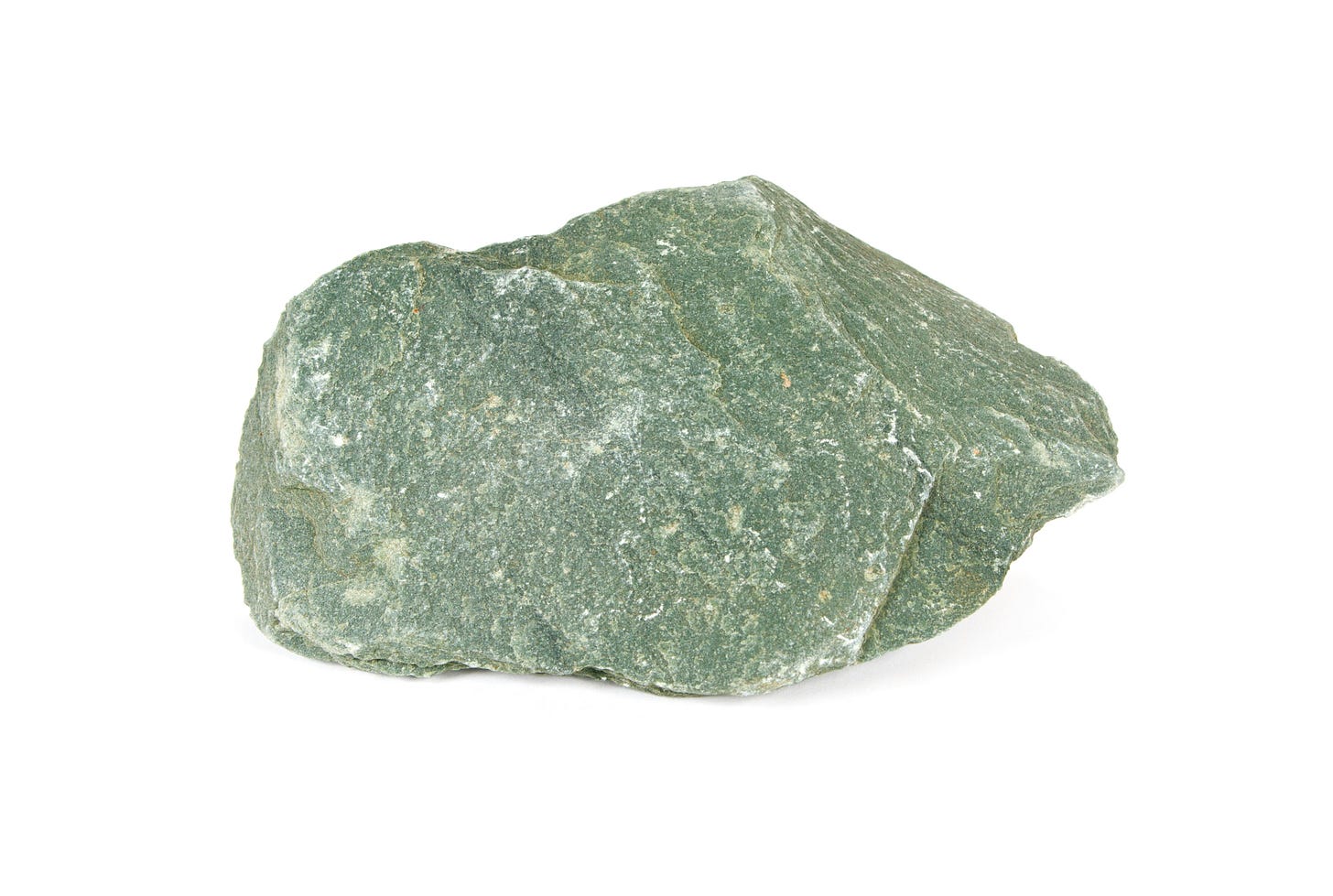🪨🔍 Sulawesi’s million-year-old stone tools rewrite human history?
Indonesian scientists lead breakthrough discovery in Sulawesi 🌏🇮🇩

The big discovery 🔎✨
A multidisciplinary team of scientists, led by Budianto Hakim of the National Research and Innovation Agency (BRIN) 🔬, uncovered seven flaked stone artefacts 🪨 at the Calio site in Soppeng, South Sulawesi 📍.
Published in Nature (Aug 2025) 📖, the study Hominins on Sulawesi during the Early Pleistocene reveals that these artefacts are between 1.04 and 1.48 million years old ⏳ — making them among the oldest evidence of hominin presence in Wallacea 🌏.
This predates the previously known Sulawesi site of Talepu (194,000 years old) 📍 and rivals Flores’ Wolo Sege (1.02 million years old) 🏝️.
It’s a significant piece of the puzzle, but the Calio site has yet to yield any hominin fossils. So while we now know there were tool-makers on Sulawesi a million years ago, their identity remains a mystery. (Adam Brumm, Professor of Archaeology at Griffith University Australia, CNN)
Why it matters? ❓🌏
These artefacts suggest that archaic humans — likely Homo erectus or related lineages — crossed open seas to Sulawesi much earlier than thought 🌊🛶.
This challenges the long-held idea that ancient hominins were confined to Java and incapable of seafaring 🚫⛵.
It also positions Sulawesi alongside Flores (Homo floresiensis) and Luzon (Homo luzonensis) 🌏 as crucial points in the early human story of maritime Southeast Asia ✨.
The dispersal of archaic hominins beyond mainland Southeast Asia (Sunda) represents the earliest evidence for humans crossing ocean barriers to reach isolated landmasses. (Budianto Hakim, BRIN Scientist, Nature)
🔬 Role of Indonesian scientists & BRIN
Project lead: Budianto Hakim (BRIN) 🧑🔬, with the BRIN–Hasanuddin University collaboration 🤝, directed fieldwork (2019–2022) after a tool was first spotted protruding from cemented sandstone 🪨.
Dating & geology: Indonesian experts — including Dida Yurnaldi (Pusat Survei Geologi) ⛏️ — co-produced the palaeomagnetic and US–ESR ages. Irfan Mahmud (BRIN) highlighted the culture–environment dynamics 🌱🏞️ in Wallacea.
Why it’s a landmark for Indonesia: 🇮🇩✨ The Calio team shows that Indonesian institutions can initiate, coordinate, and publish at the highest tier (Nature) 📖 — moving beyond “host-country” roles to global scientific authorship 🌍✍️.
🧩 Filling the evolutionary puzzle
The Calio tools, shaped from riverbed chert 🪨, show controlled flaking — clear evidence of deliberate tool-making 🛠️.
Fossil finds nearby, such as the extinct pig Celebochoerus heekereni 🐗, help anchor the site’s age ⏳.
Dating techniques:
Paleomagnetic analysis: confirmed artefact-bearing layers predate 773,000 years.
U-series and ESR dating of fossil teeth: estimated between 1.04–1.48 million years.
🌊 Rethinking human seafaring
The Calio site suggests hominins crossed seas nearly a million years earlier than modern humans 🌊⏳.
They may not have built boats 🚫⛵ like Homo sapiens, but likely rafted accidentally on vegetation mats 🌿. Even so, their survival and adaptation in Wallacea highlight remarkable resilience and mobility 💪🌏.
Getting to Sulawesi from the adjacent Asian mainland would not have been easy for a non-flying land mammal like us, but it’s clear that early hominins were doing it somehow. (Adam Brumm, Professor of Archaeology at Griffith University Australia, CNN)
🏛 A new chapter for Indonesian archaeology
This discovery is a milestone for BRIN and Indonesian researchers 🇮🇩🔬, affirming their capacity to lead projects of global scientific significance 🌍✨.
It also reframes Sulawesi 📍: no longer a backwater, but a central stage in the story of human evolution 🧬 — bridging Asia, Wallacea, and the route to Sahul (ancient Australia) 🦘.
For decades, theory said hominins were trapped in Java. Calio proves they crossed oceans a million years ago. (Budianto Hakim, BRIN Scientist, Nature)
Need more angles?
CNN Science Stone tool discovery could offer new clue in mystery of ancient ‘hobbit’ humans
National Geographic Indonesia Situs Calio, Bukti Tertua Kehadiran Manusia Purba di Wallacea
(ELS/QOB)



